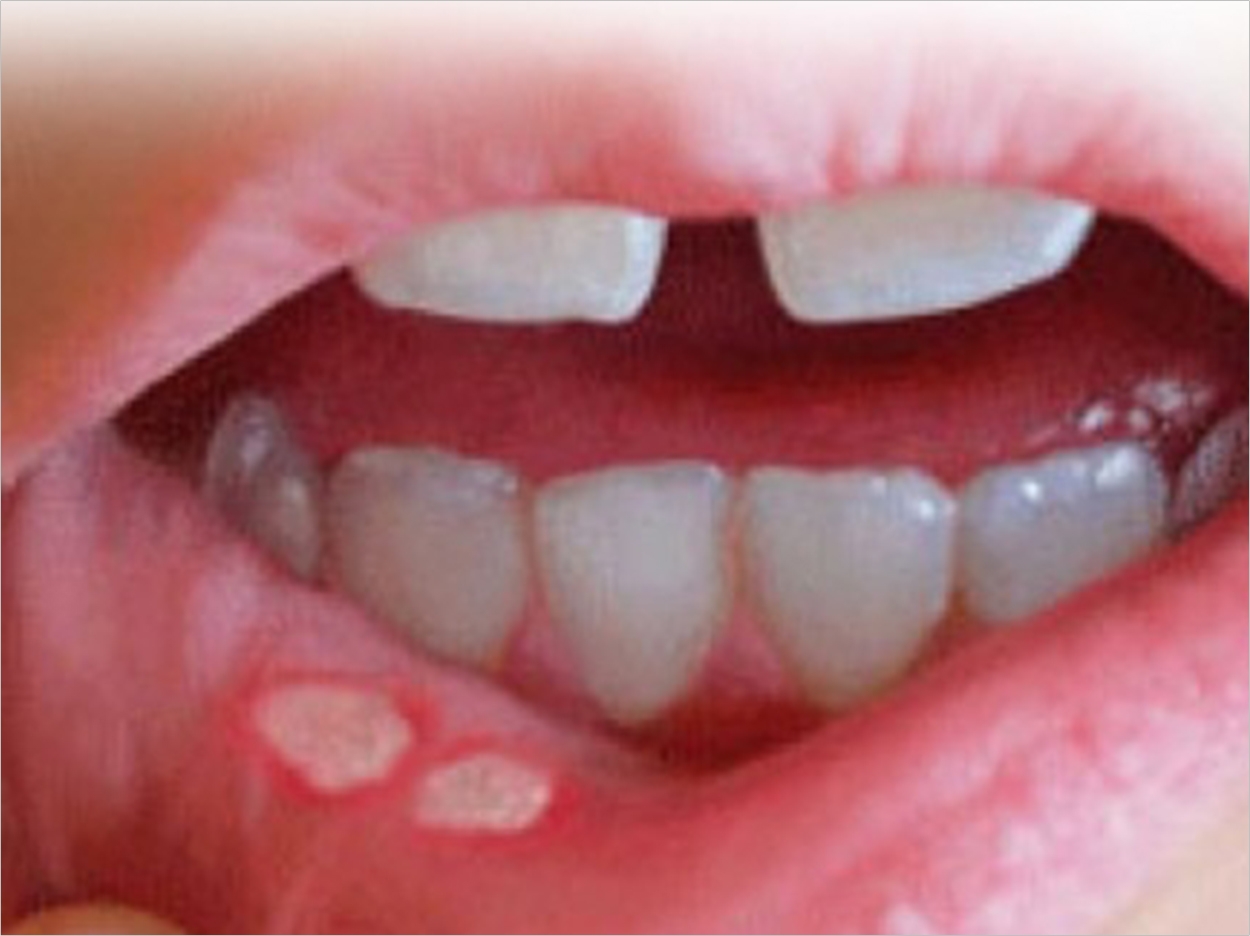
Recurrent aphthous stomatitis (RAS) plagues patients with burning sensations, and treatments often fail to work. Research from the Sahlgrenska Academy at the University of Gothenburg in Sweden, though, dispels some of the myths about what causes these blisters and sores and may improve treatment.
“There are many misconceptions regarding the reasons for the ulcers, and the care of this patient category is hugely neglected despite the fact that many suffer a great deal from their symptoms,” said Maria Bankvall, a dentist and postdoctoral researcher in odontology at the university.
“Patients may experience a general feeling of illness, and they have difficulties in eating and speaking and may not be able to go to school or work for several days due to the lesions,” Bankvall said.
RAS is considered one of the most common lesions of the oral mucosa found in the world today. It typically appears with a red halo surrounding a whitish area anywhere in the nonkeratinized mucosa, such as the inside of the cheeks and lips, the floor of the mouth, on the sides of the tongue, and in the throat. There is no cure, and treatment aims to relieve the symptoms via prescription or over-the-counter medication.
“For a long time, it was believed that this condition was due to a virus, in the same way as mouth herpes, and many physicians and dentists treat aphthous stomatitis and herpes in the same way, also because it can be difficult to clinically distinguish the 2 conditions,” said Bankvall.
“The patient is often given antiviral medication, which is a suitable treatment for herpes, but does not relieve aphthous stomatitis. RAS should probably not be regarded as a specific disease but as a general symptom of the body due to an imbalance similar to a headache or a fever,” Bankvall said.
Bankvall’s research shows that there are complex and multiple interacting factors in the development of RAS, such as heredity, the bacterial flora in the mouth, the immune system, and the environment. The research presents a theoretic frame for causality based on existing research and on patient studies.
For example, a number of different genes have been identified as being of importance. Also, the bacterial flora in healthy oral mucosa seems to differ in people with RAS compared to healthy control subjects. A certain subgroup of patients may suffer from a food allergy as well, though little is known about tolerance mechanisms in the mouth. And, the role of the immune system in the oral cavity has been studied via experiments on mice.
“Today there is a great deal of knowledge regarding the 2 major conditions in the oral cavity, ie, caries and periodontitis. However, there are still large information gaps when it comes to different types of oral mucosal lesions,” said Bankvall. “Hopefully, our conclusions can contribute to increasing the knowledge regarding the most common lesions that affect this part of the mouth.”
Bankvall completed the research, “Recurrent Aphthous Stomatitis—A Study, with Emphasis on Host Genetics, Oral Microbiota Composition, and Immunoregulatory Networks,” as her PhD thesis.
Related Articles
Bioadhesive Patch Chases Canker Sores Away
GNYDM Poster Session Explores Dentistry’s Future
Dentures Release Drugs Over Time to Fight Stomatitis












